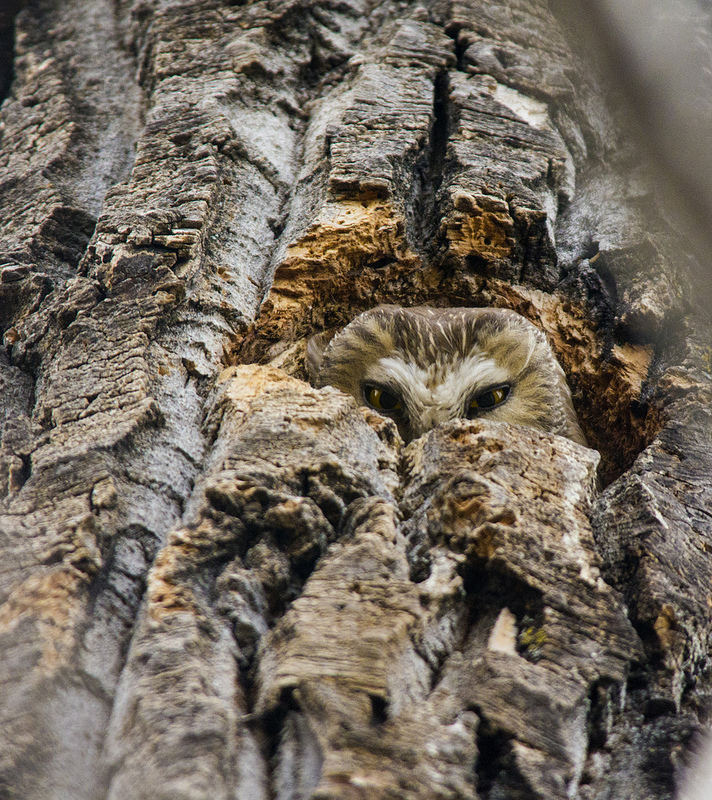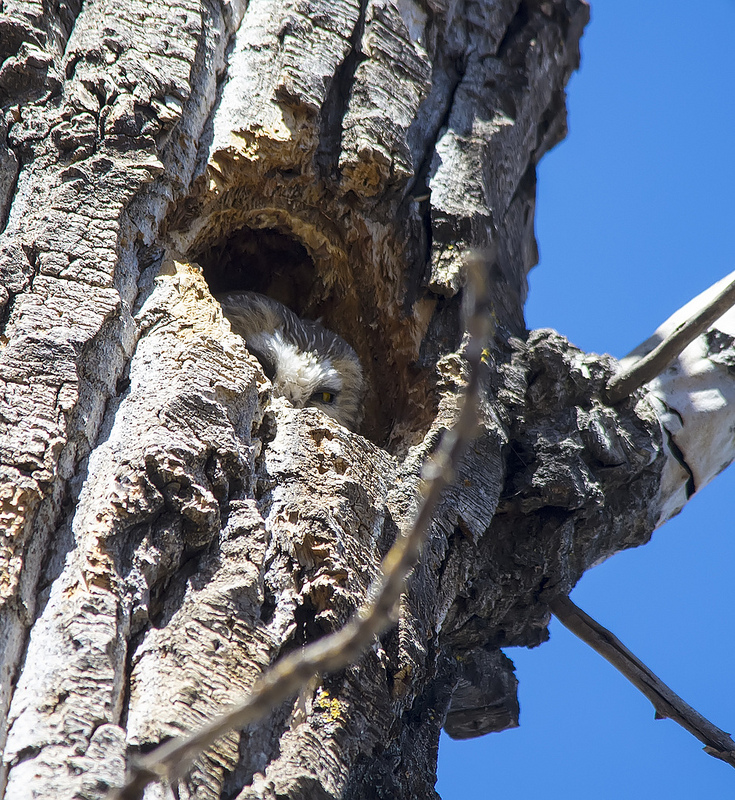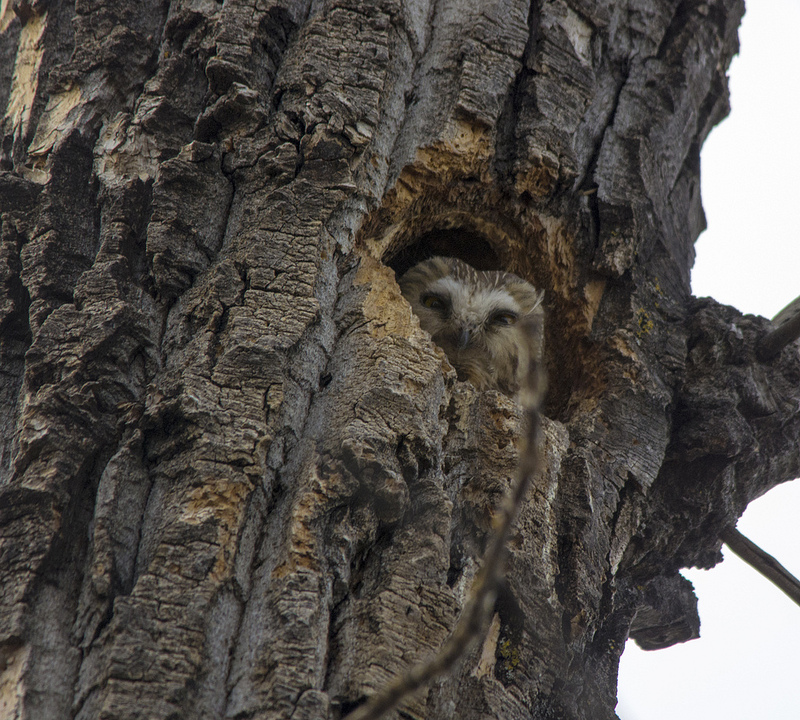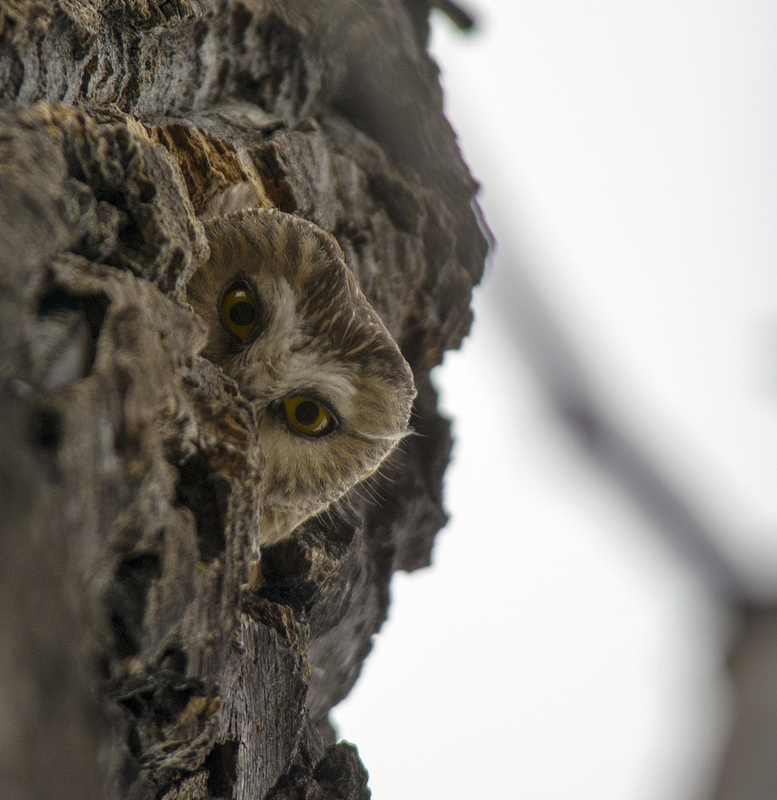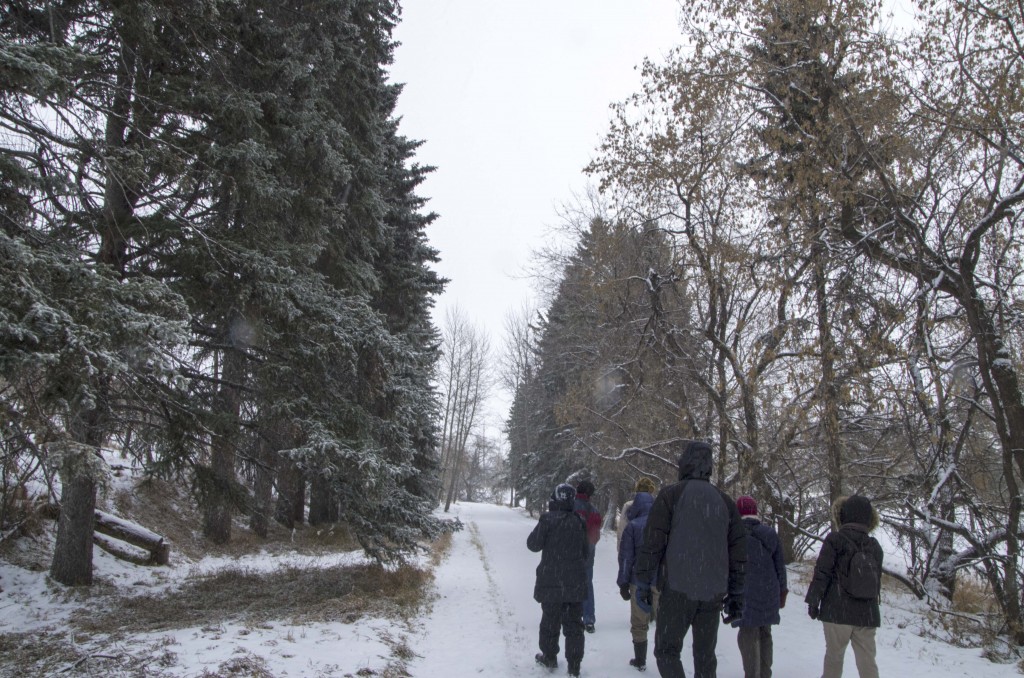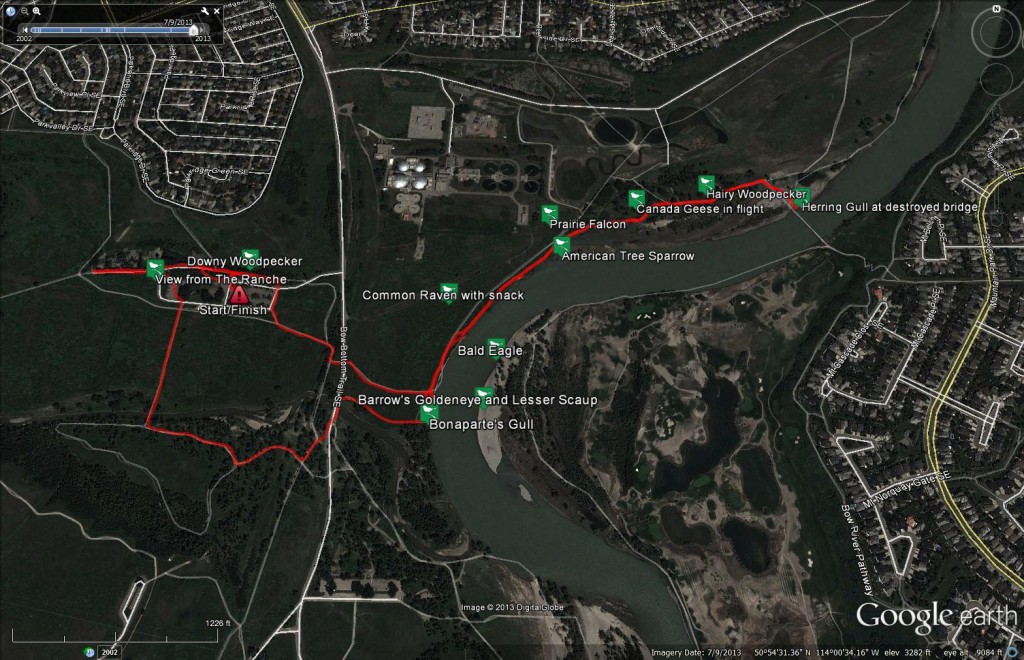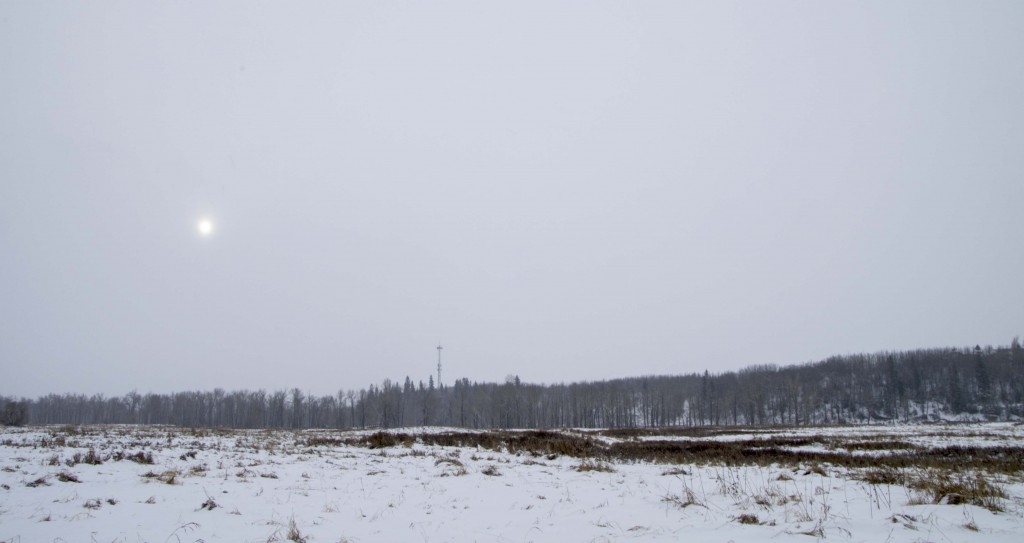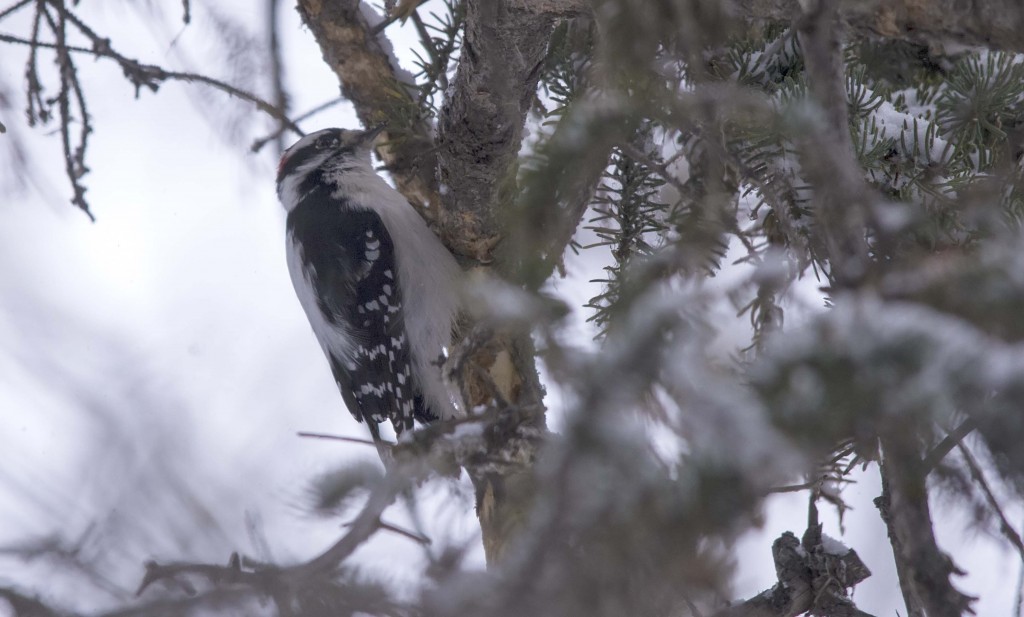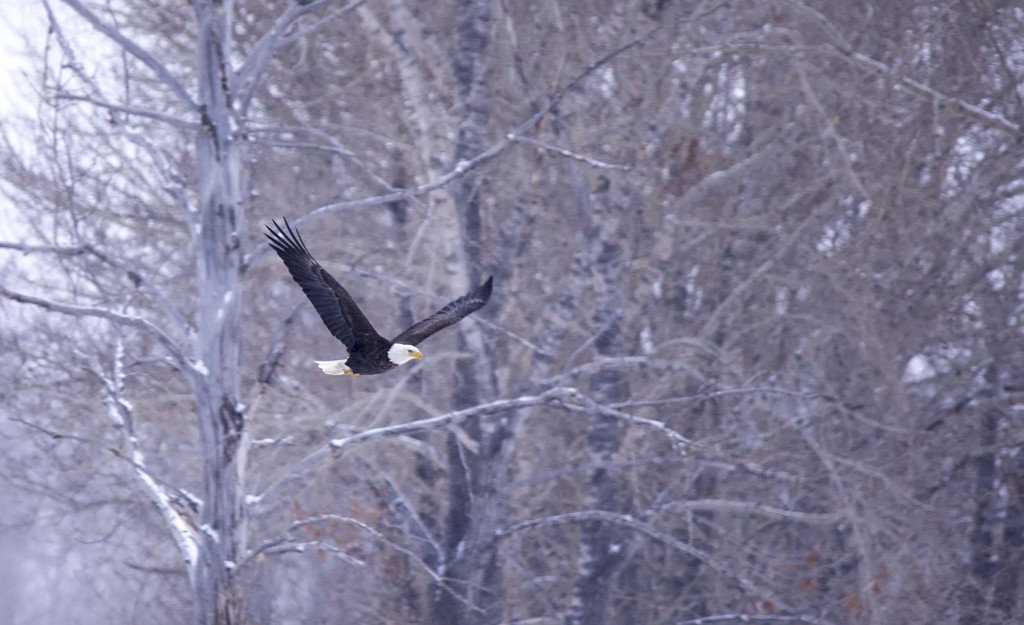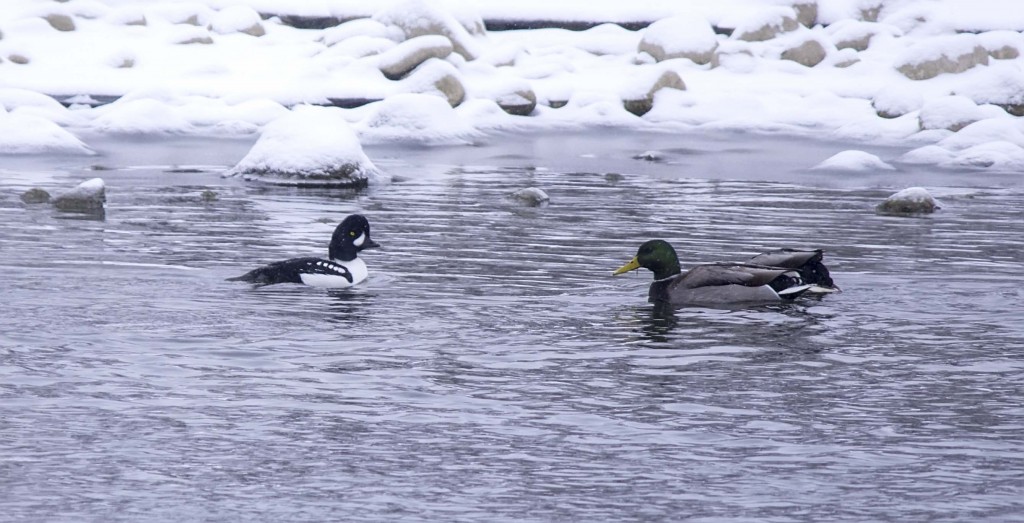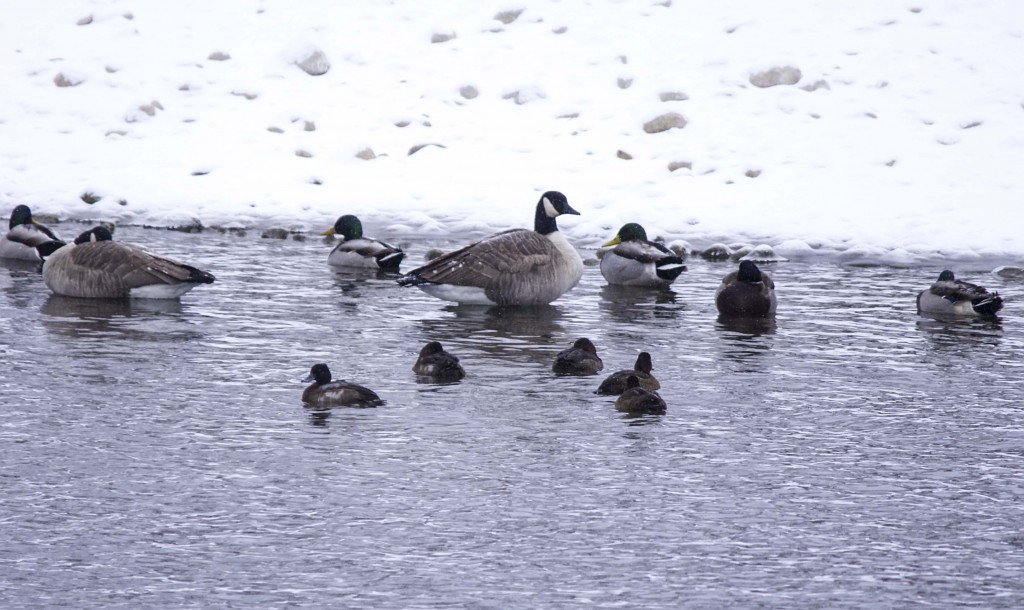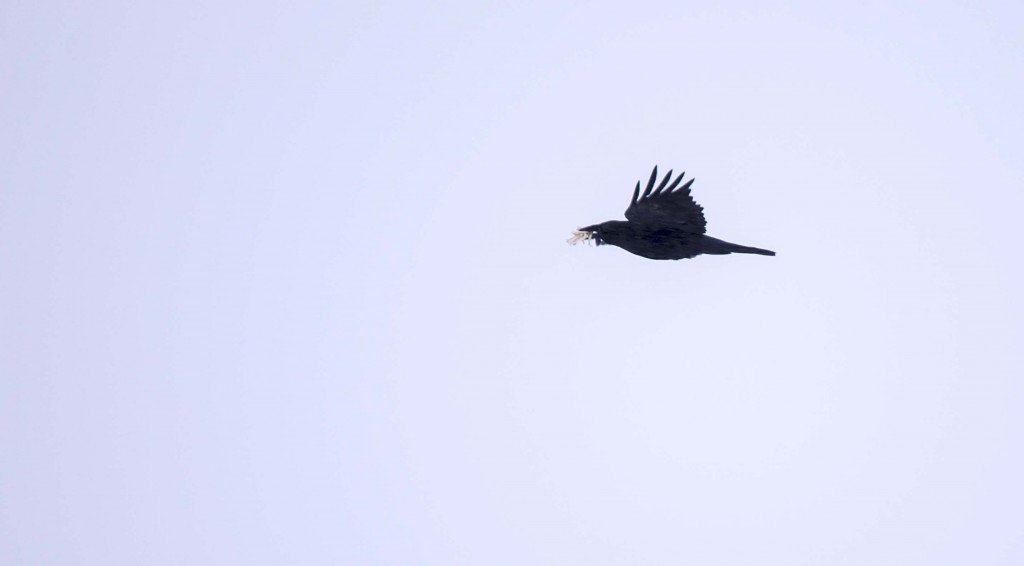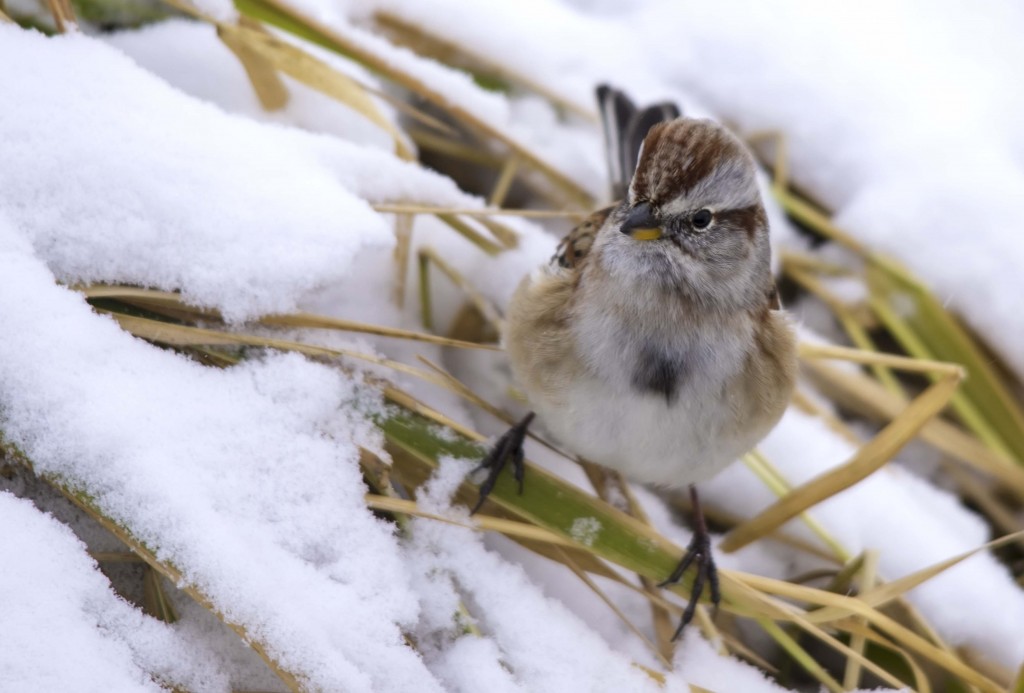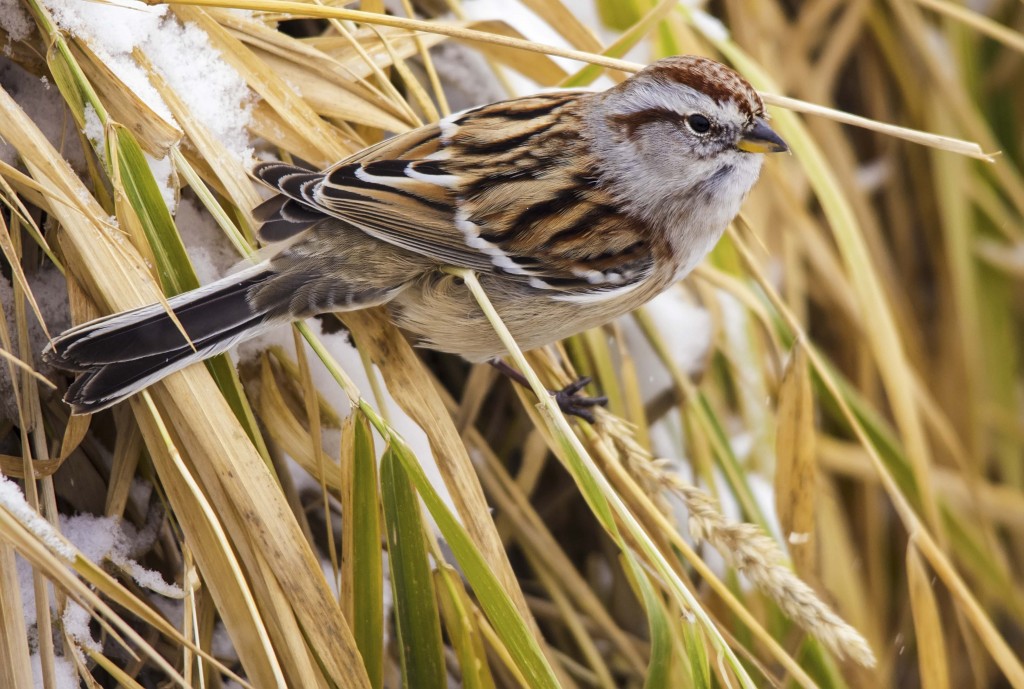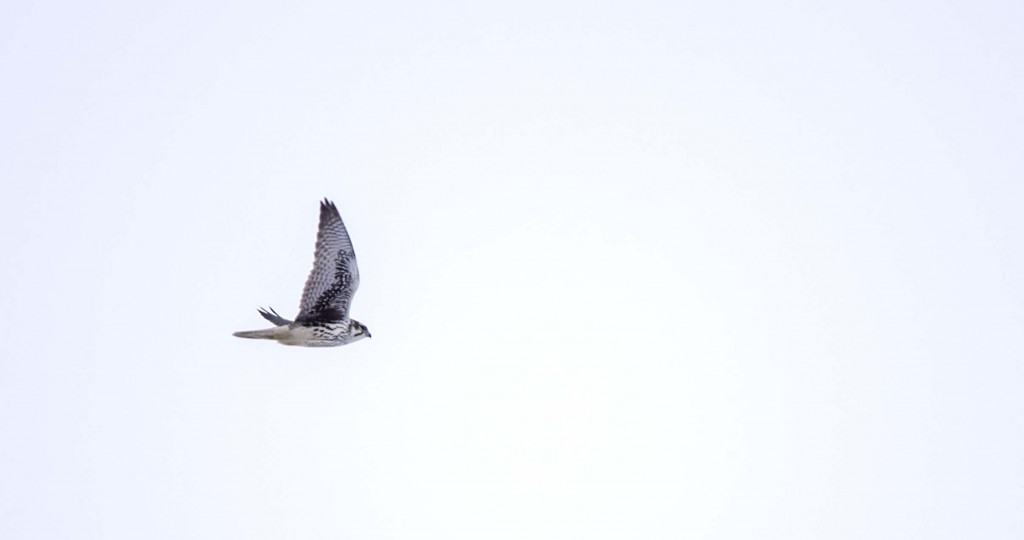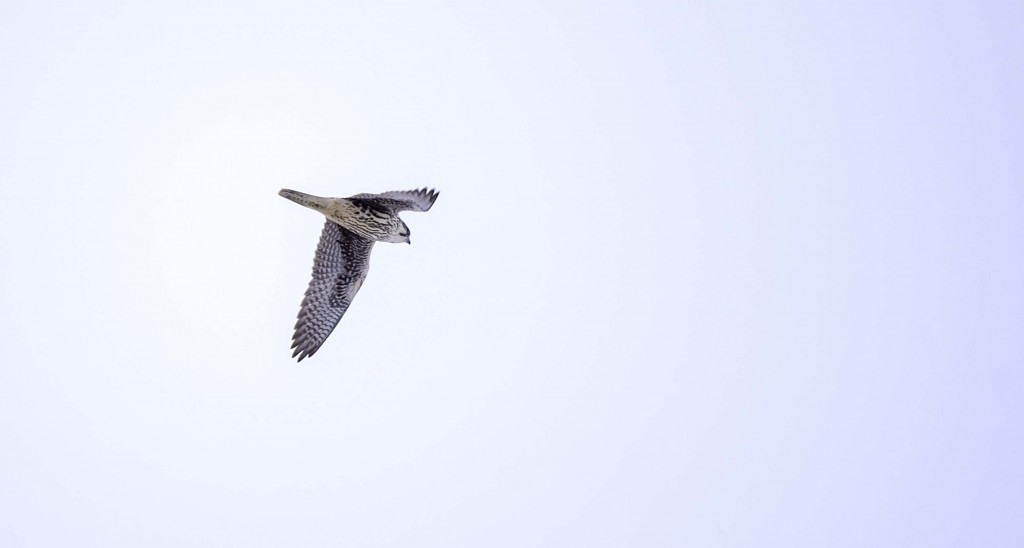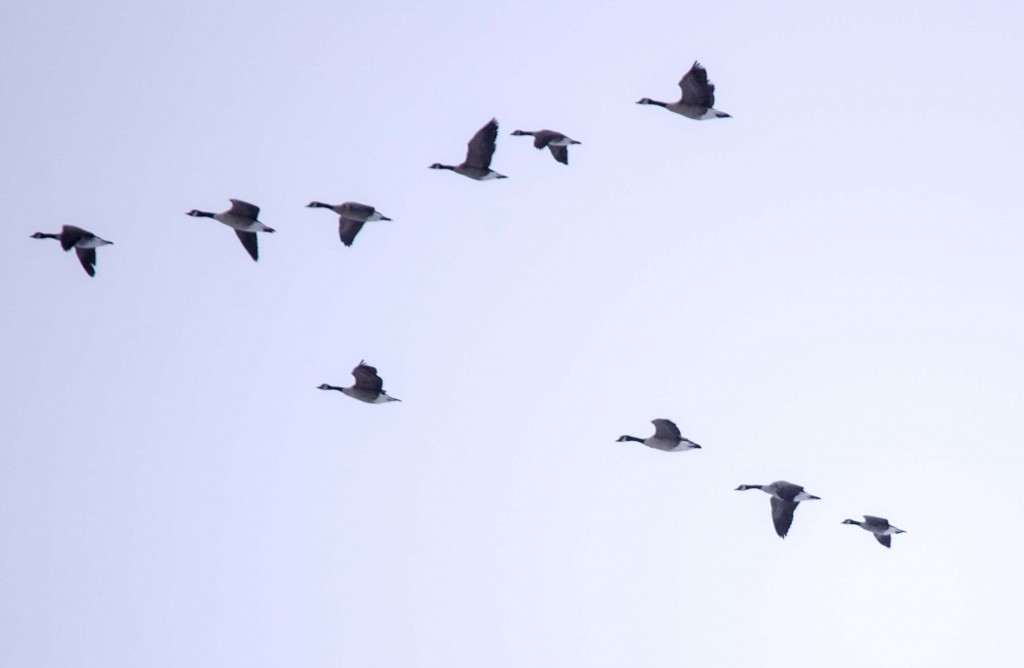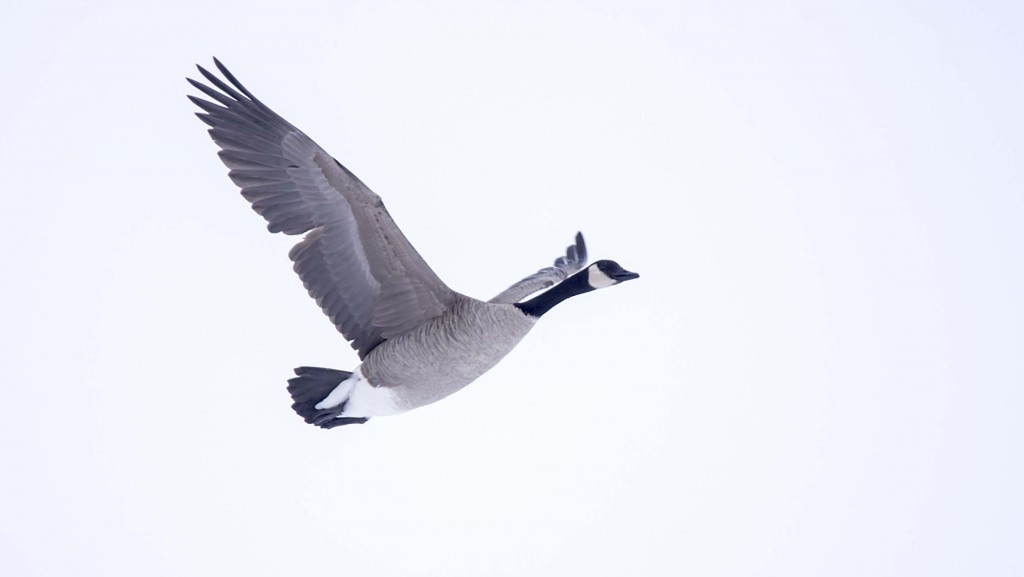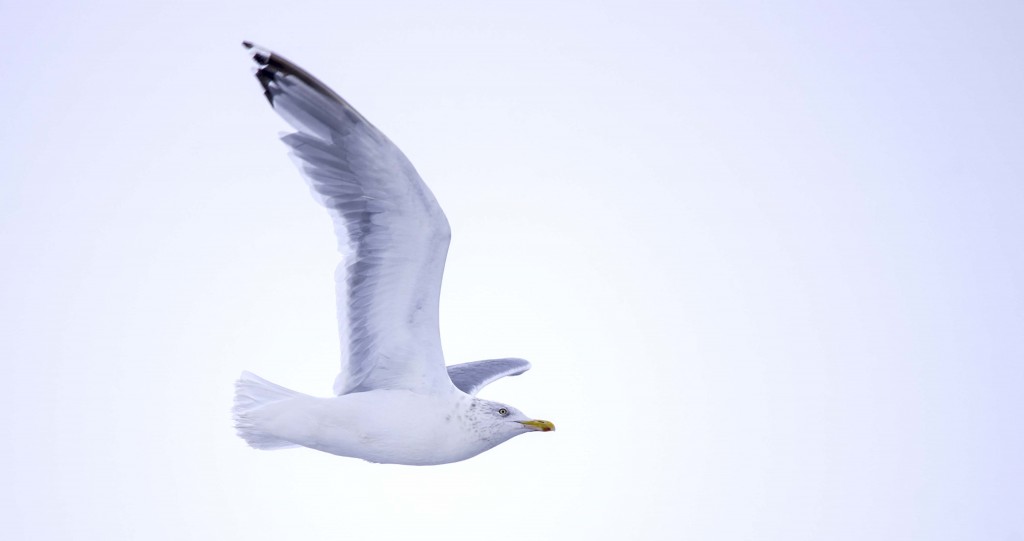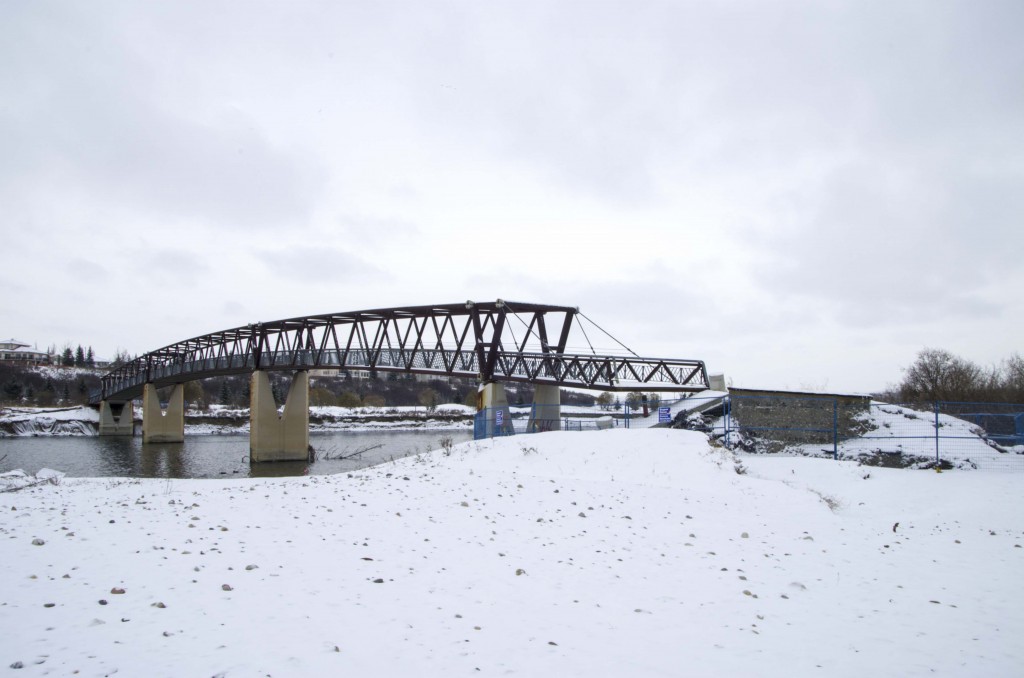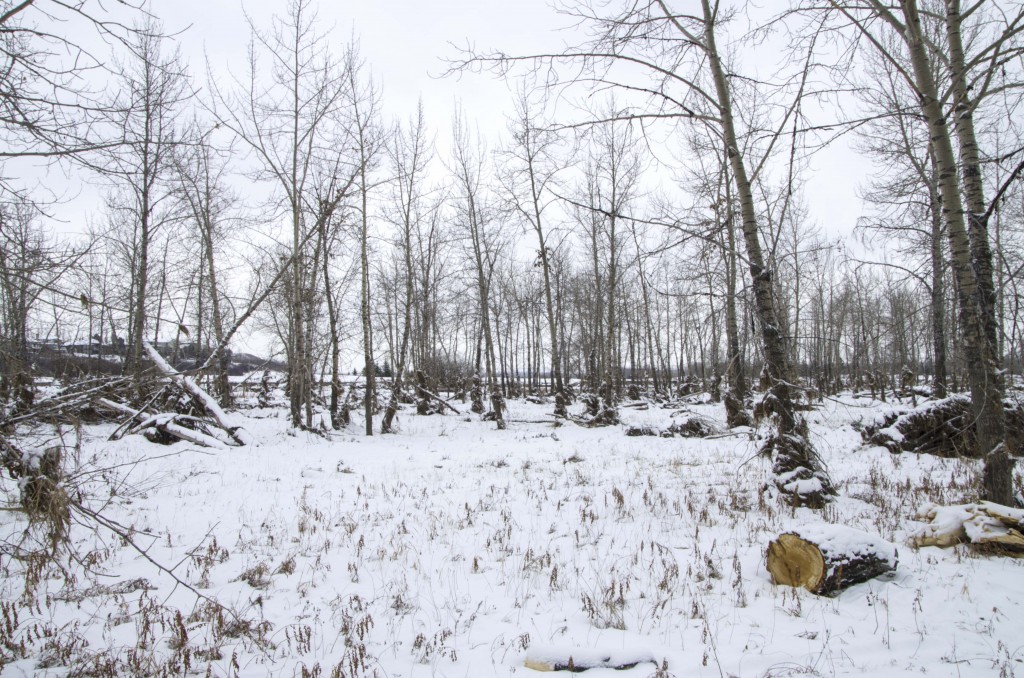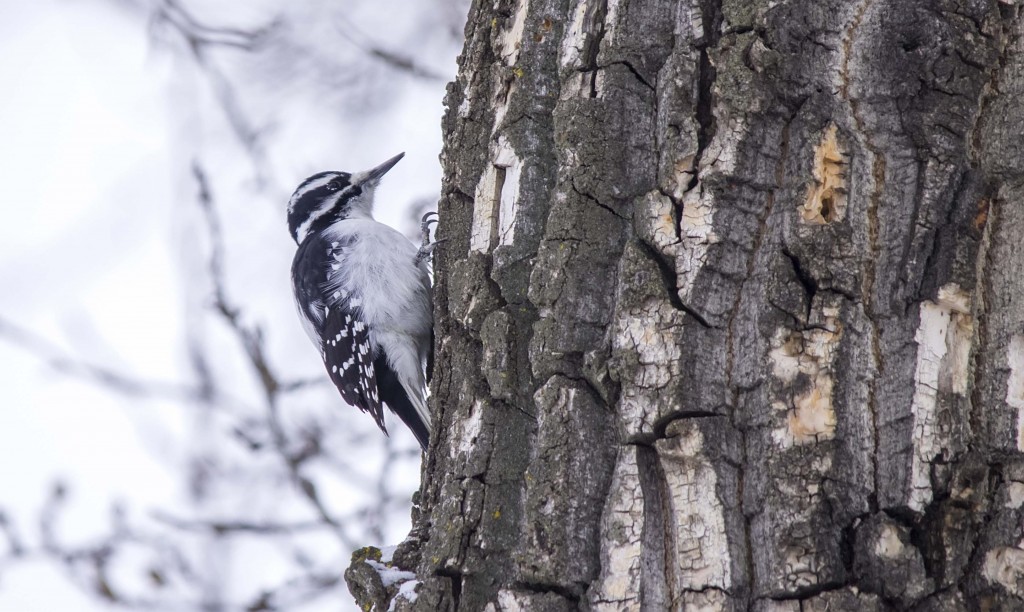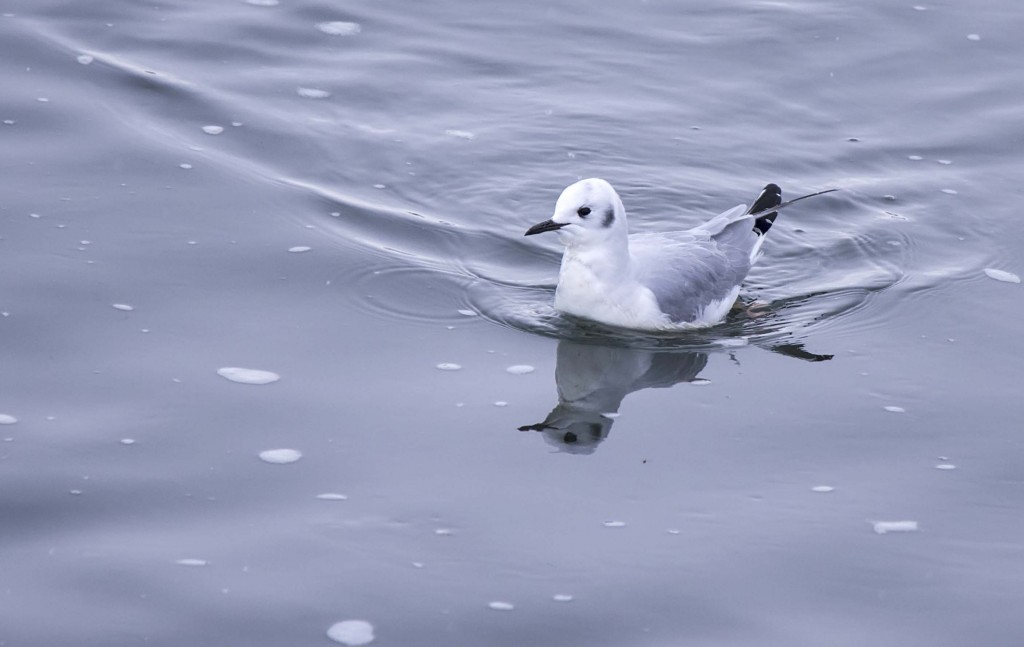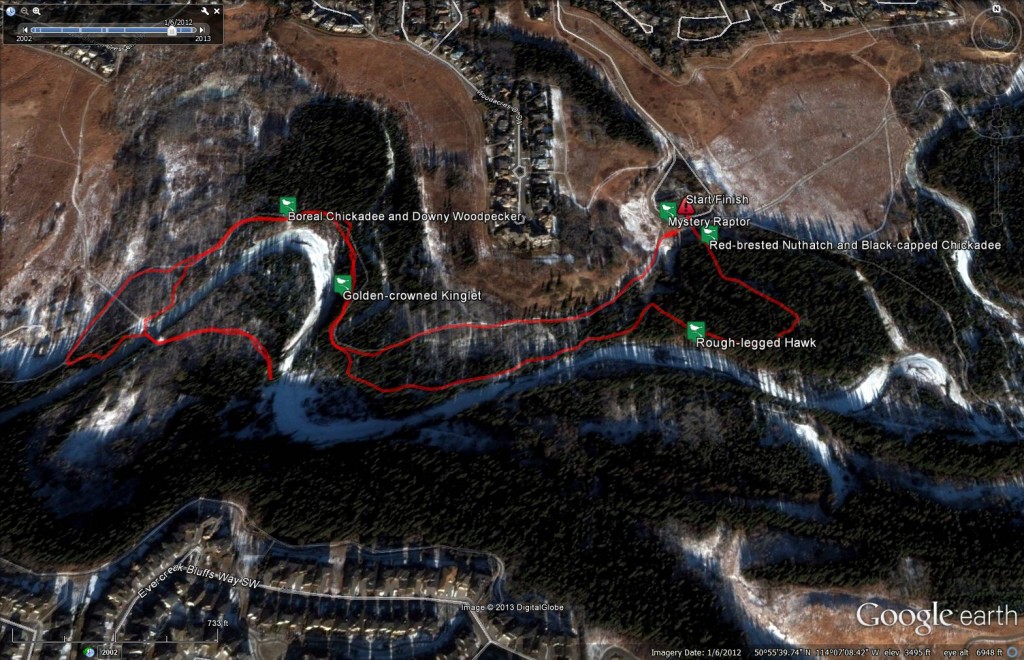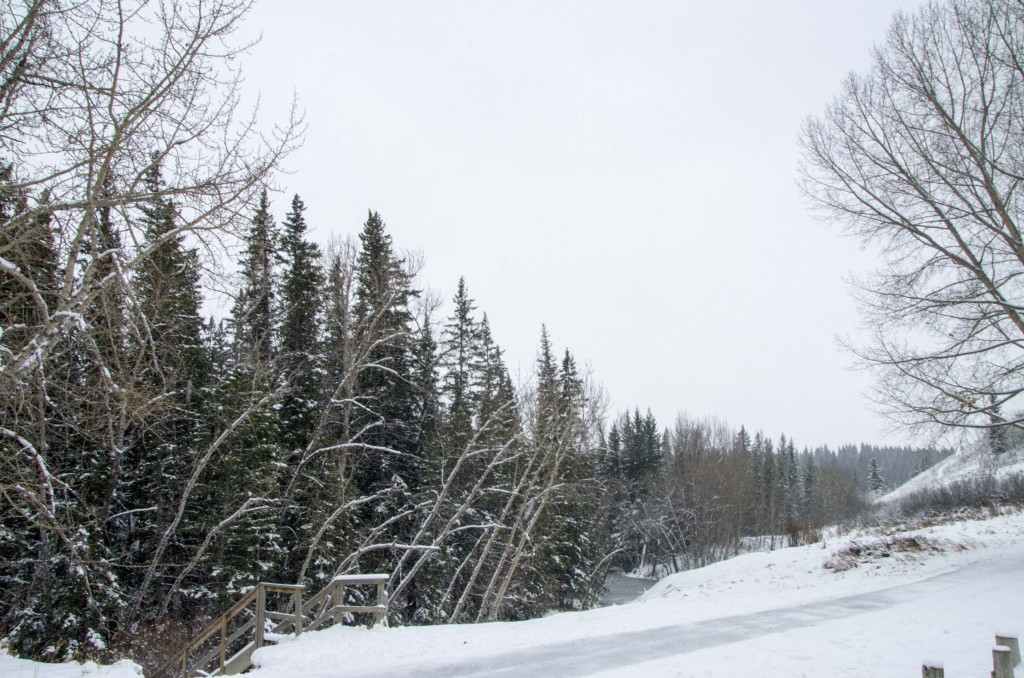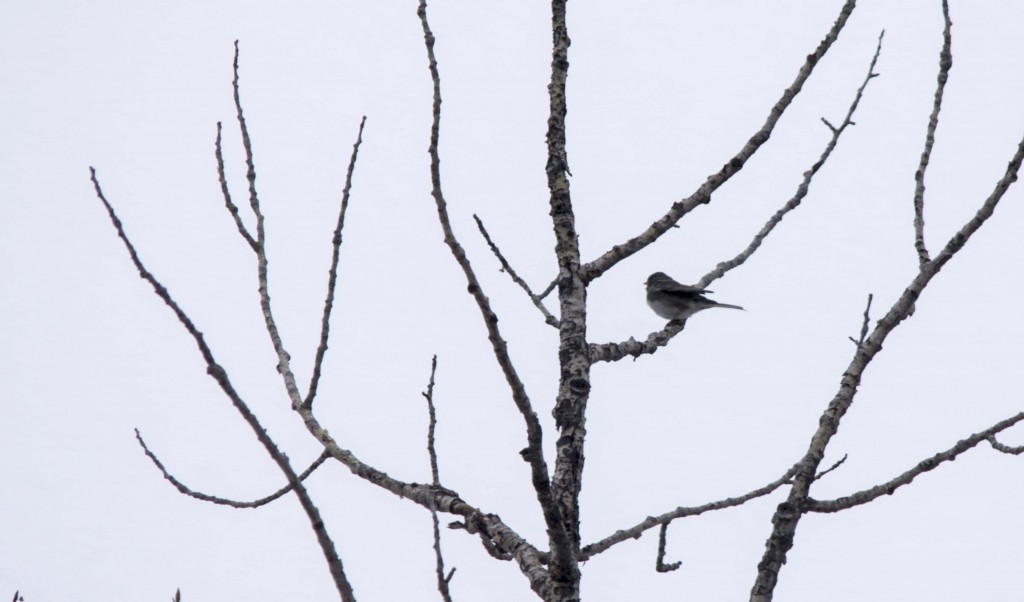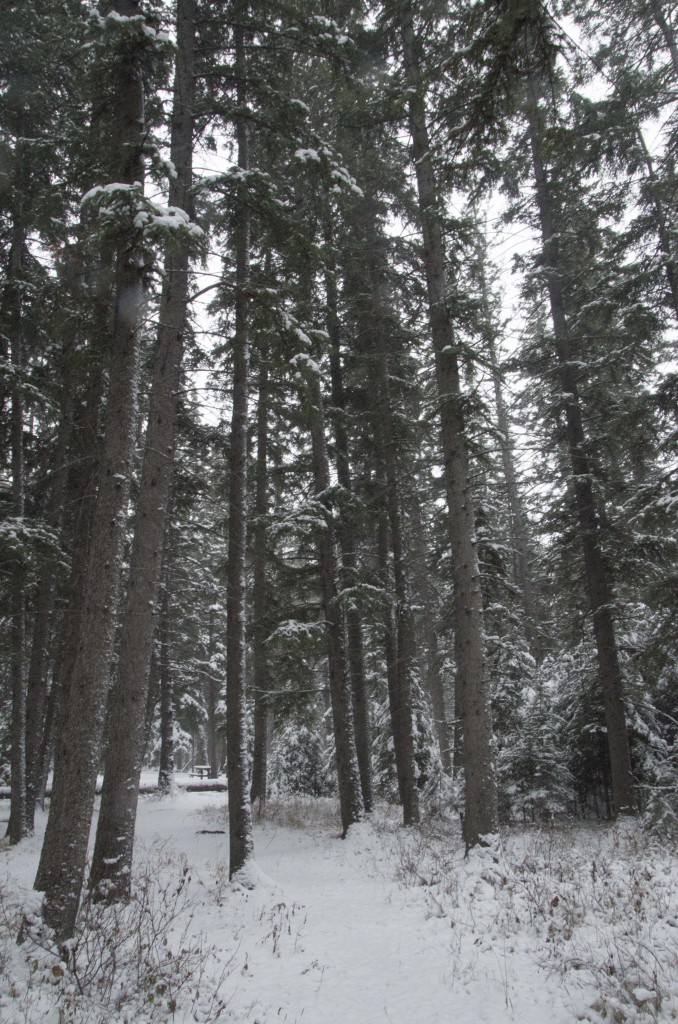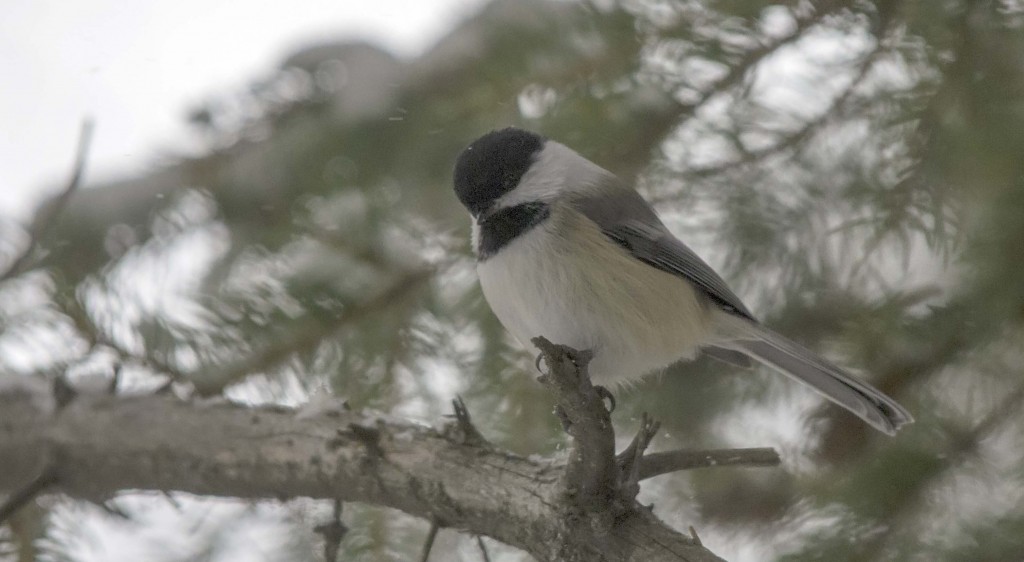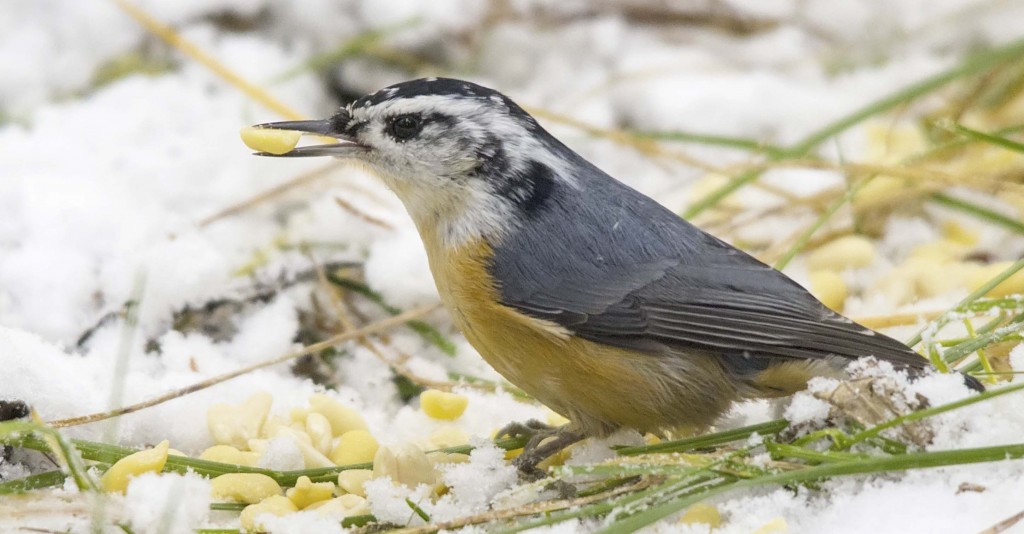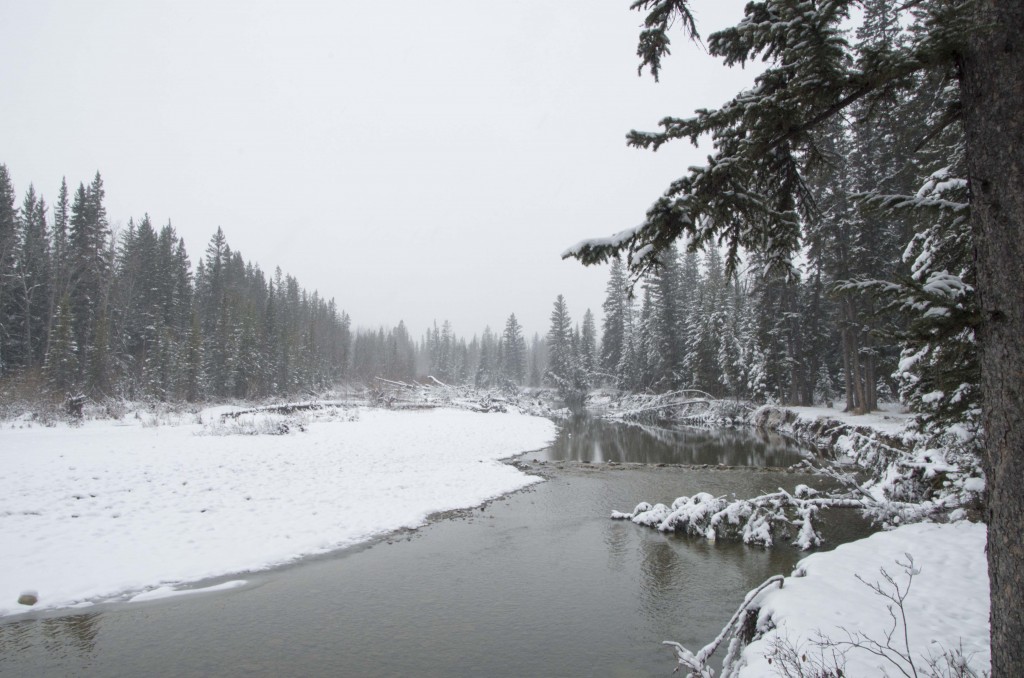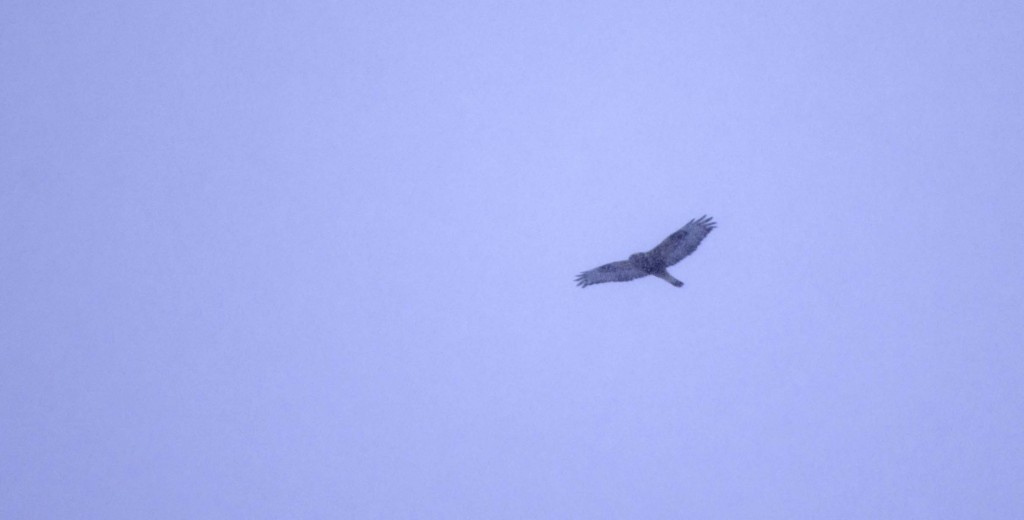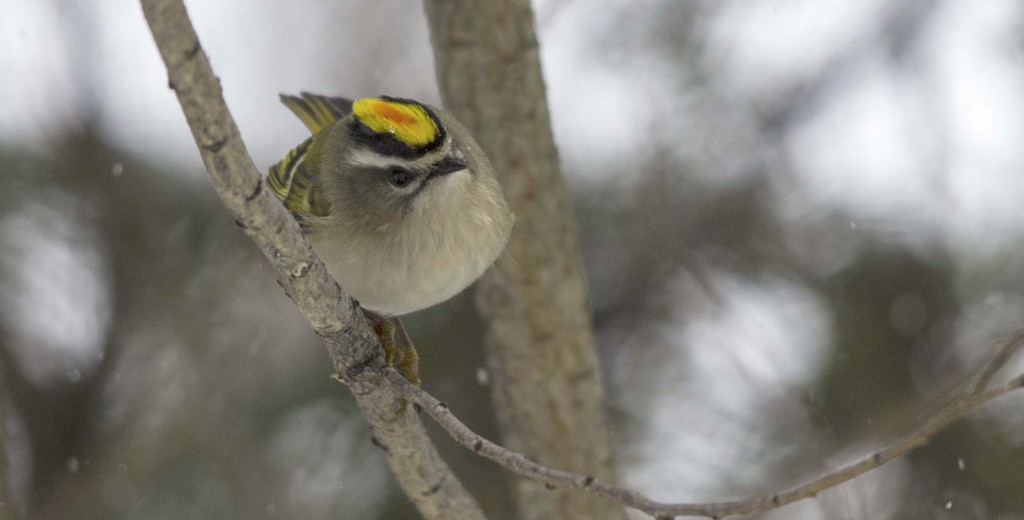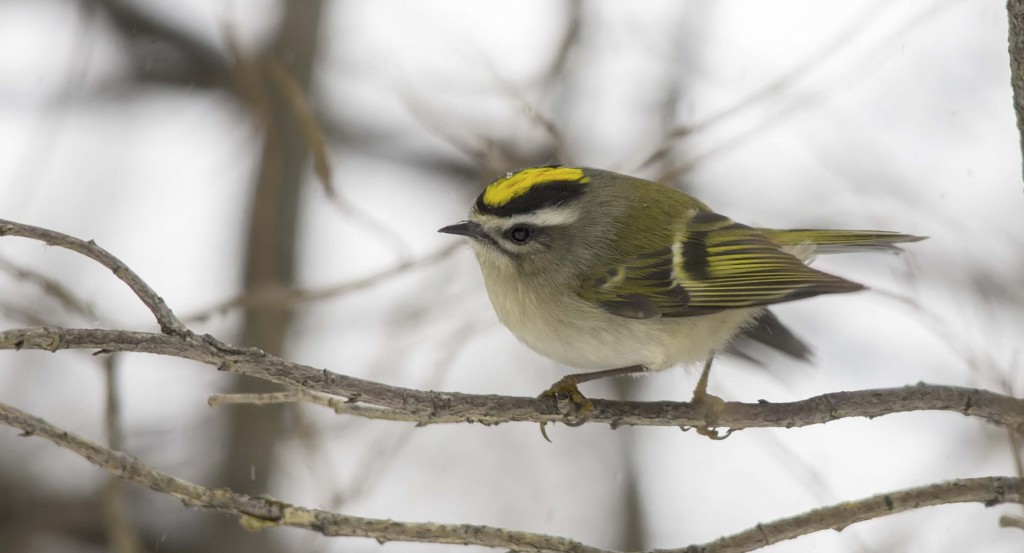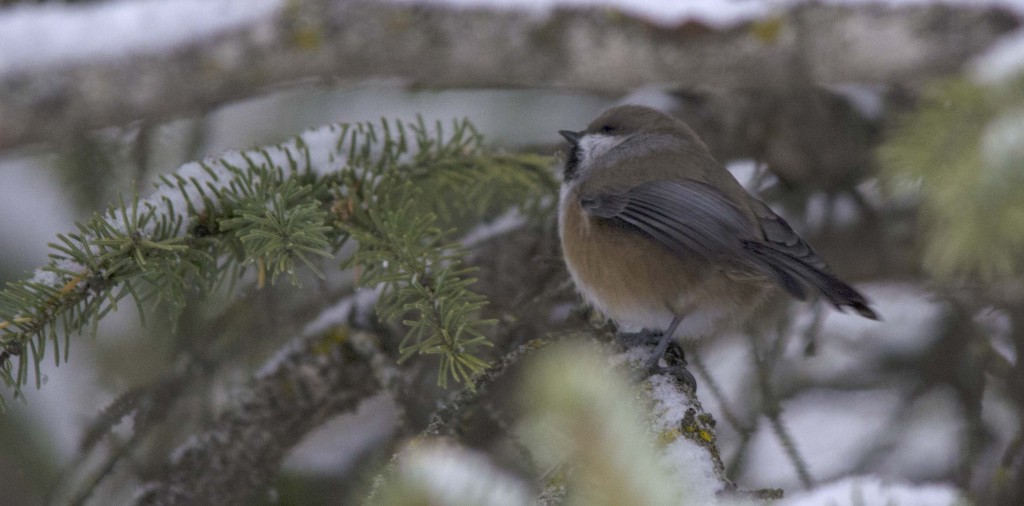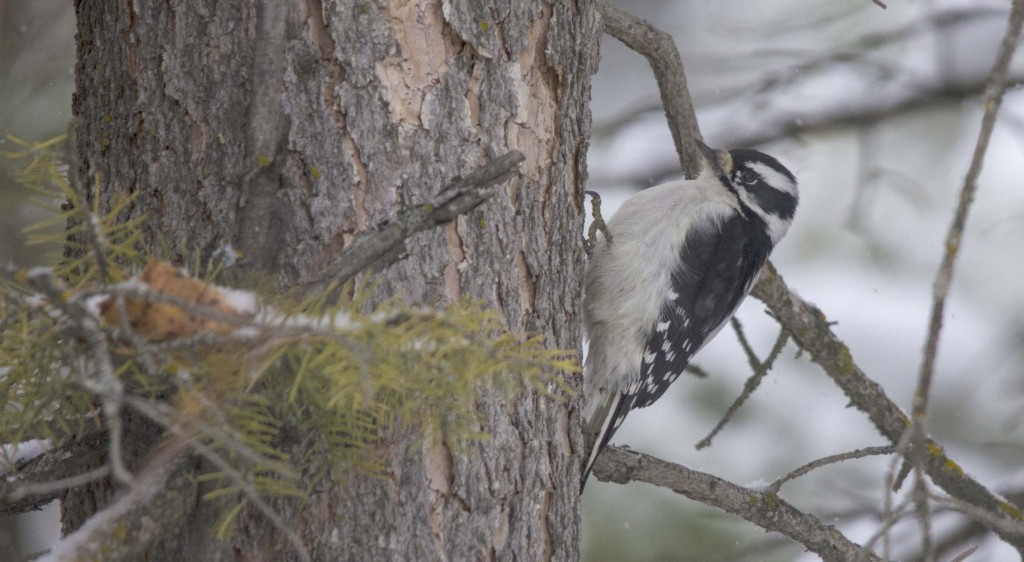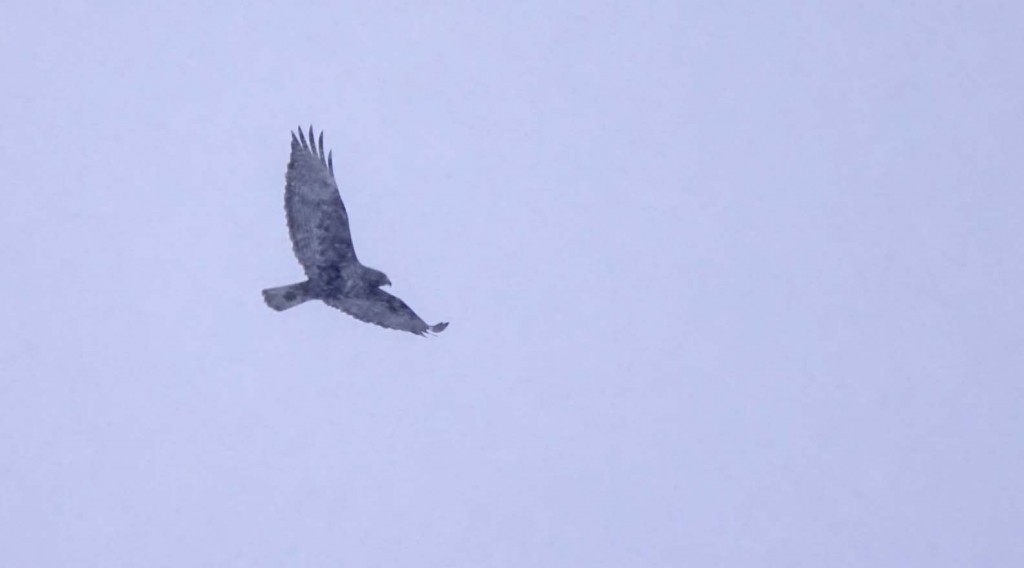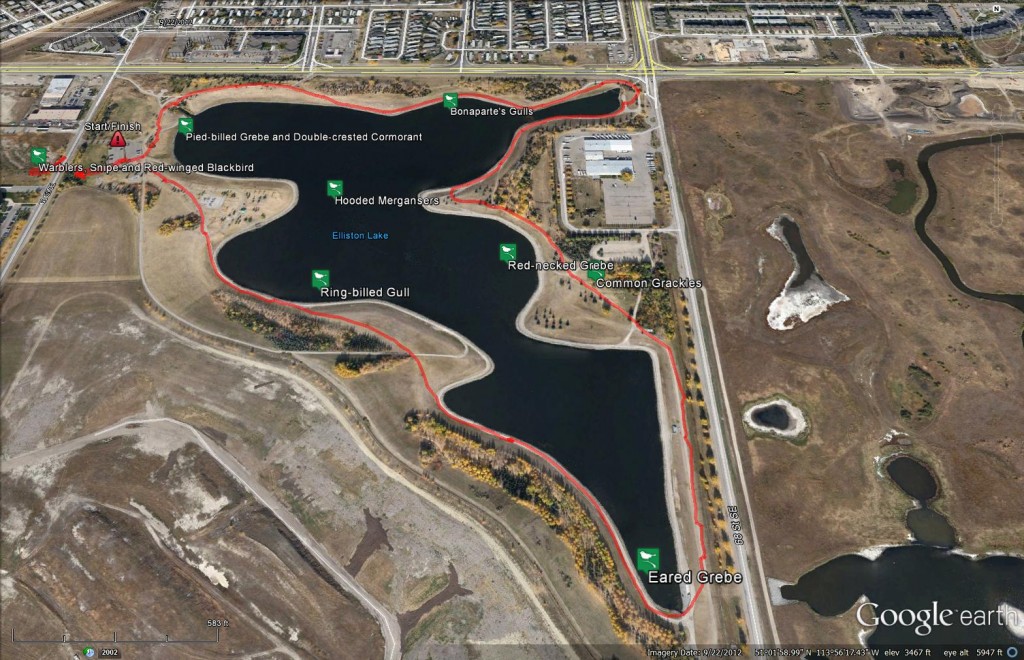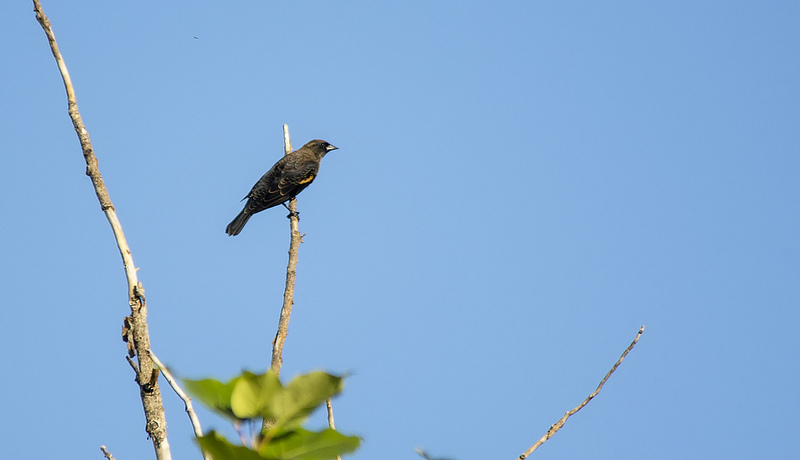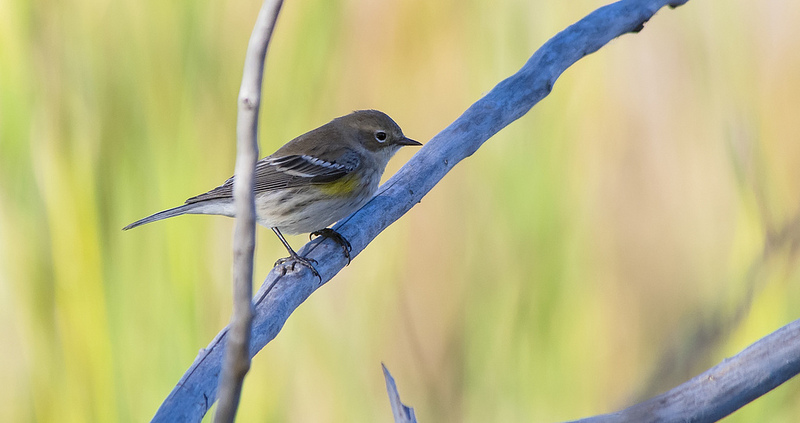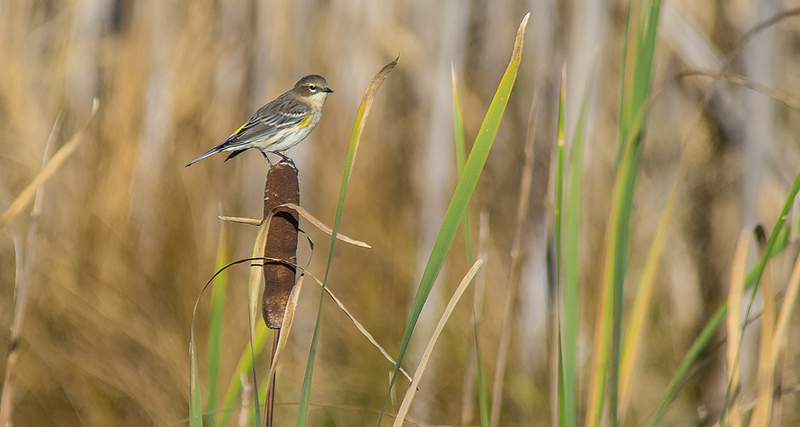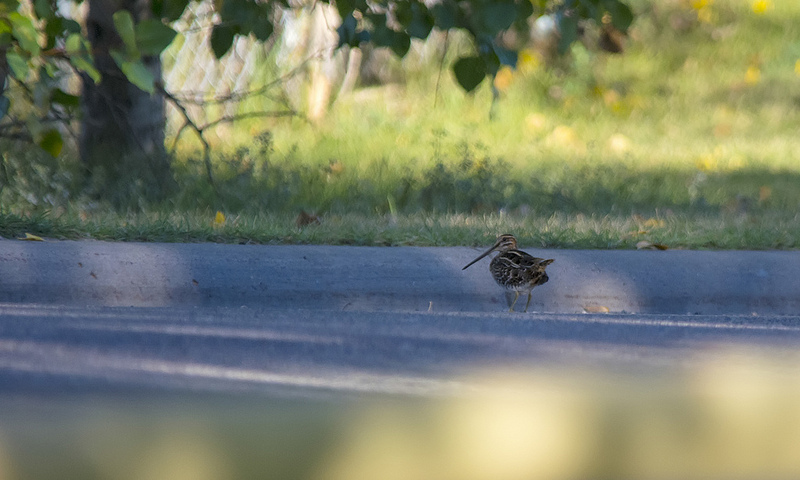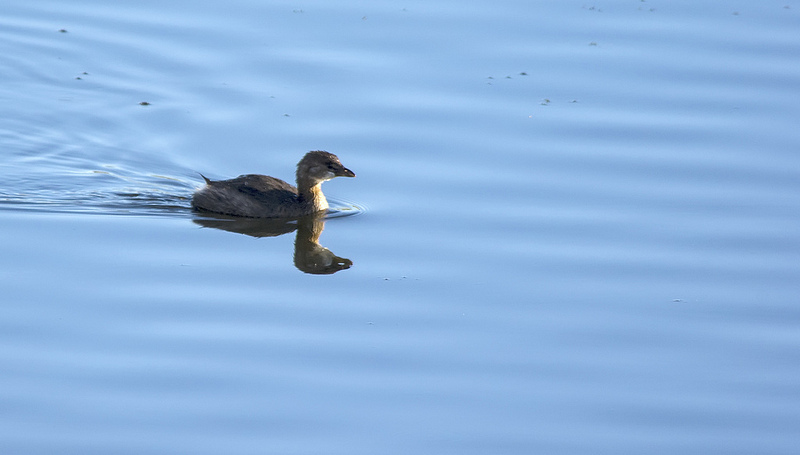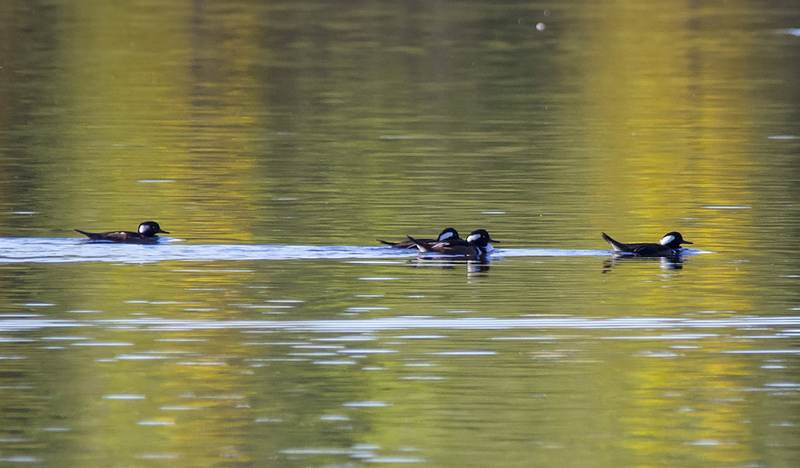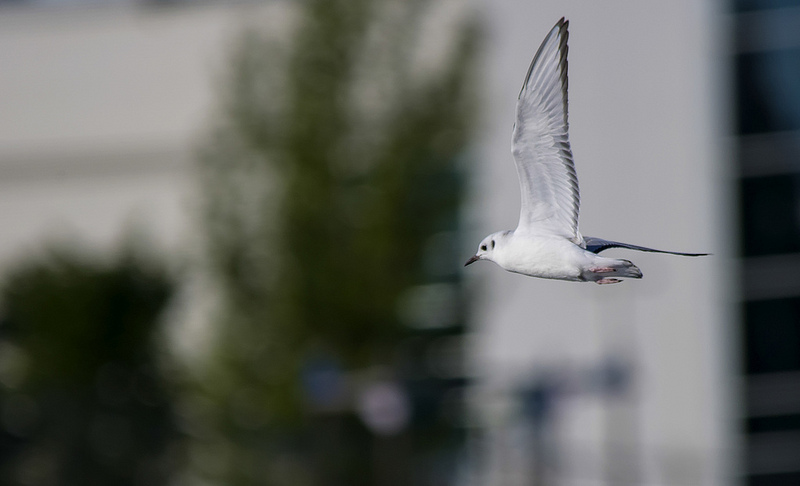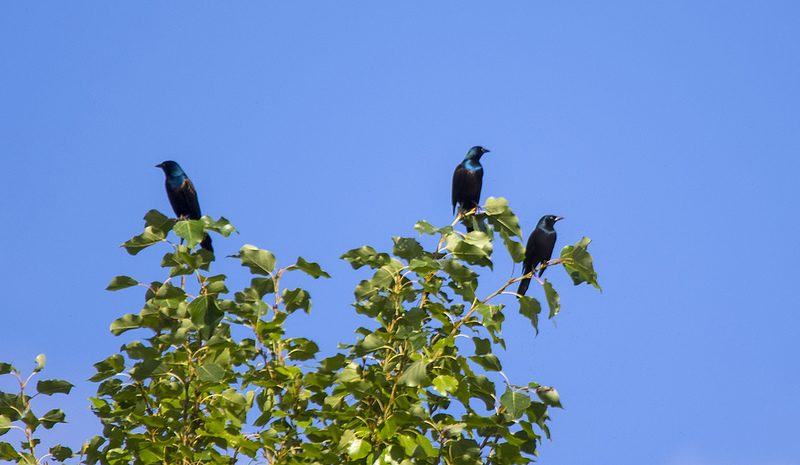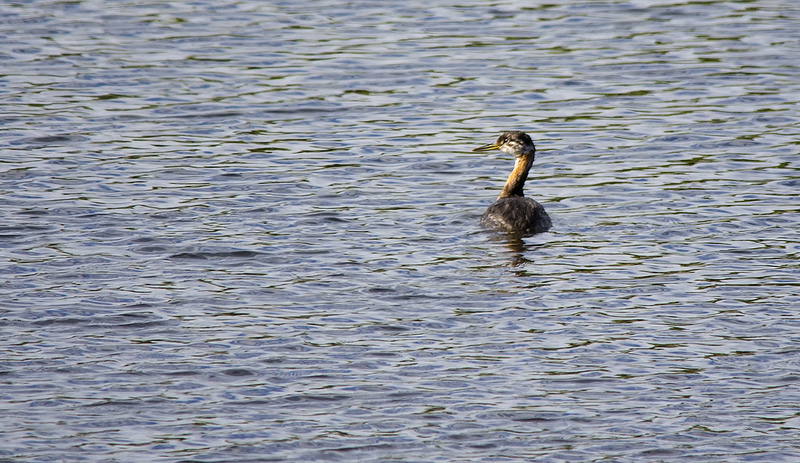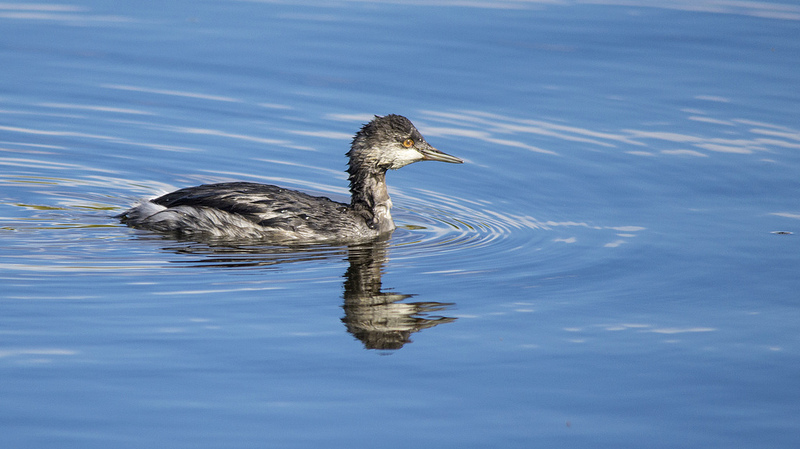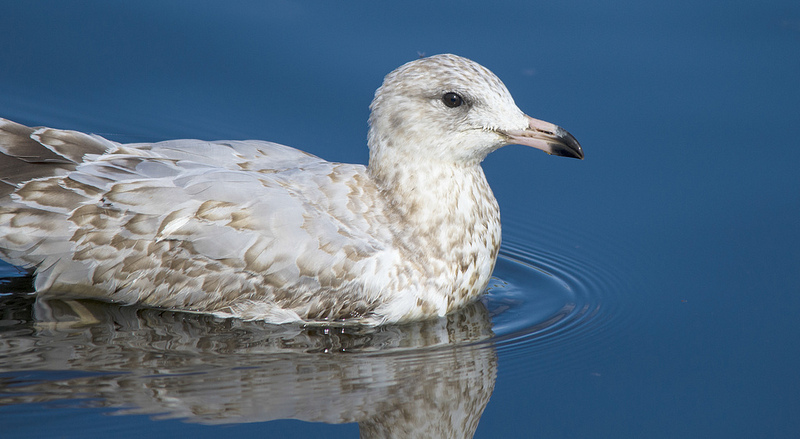Posted by Dan Arndt
First and foremost, Happy New Year, and I wish you all the best in 2014.
Aside from all of the personal challenges 2013 brought me, I blew past my personal record in my first year of serious listing (and serious birding, for what it’s worth) of 236 bird species found within 80km of Calgary. 2013 netted me a total of 248 species in the Calgary region, and a whole lot more experience birding both in the Calgary area, in Alberta as a whole, and even in some more remote places.
My year started off in Mexico, after a night of some hearty ringing in of the new year, and a hangover that I haven’t experienced in a very long time. Some say that your first bird of the year has some significant meaning for how the rest of your year will go. Mine started off with the ubiquitous calls and chatter of a Hooded Oriole outside my room on the resort. I think it was one of only a few birds I managed to see that day, due to my very sorry state!
A couple highlights from my trip down south, which I hope to repeat in the future, included the incredible sights at Ria Lagartos on the Gulf of Mexico, a birding trip with a local guide, Rene, from Green Birding Tours out of Tulum, and being woken up a few mornings by a Ferruginous Pygmy-Owl right outside my room!
February came in with a bang, and while the birding was fairly typical of an Alberta winter, a locally rare Northern Mockingbird showed up in Vulcan, prompting a trip with local wildlife and landscape photographer, Jeff Bingham.
March’s highlights included a chance encounter with a pair of Short-eared Owls near Frank Lake, a second trip to Frank Lake later in the month heralded the beginning of spring migration, with tens of thousands of ducks, geese, and swans on the slowly thawing lake, and an incredible encounter on Grand Valley Road with a very accommodating Great Grey Owl the very next day, and my lifer Long-eared Owl a few days after that!
In April I was able to photograph a family of White-winged Crossbills at my feeders, who had successfully fledged a winter brood in my neighbors spruce tree in their back yard. And then the Swarovski came, and along with it, a fallout of Mountain Bluebirds at Inglewood Bird Sanctuary, and along with them, an assortment of other usual spring migrants and great chances to shoot them, including my two favourites, this Red-necked Grebe and Northern Shoveler.
The highlights for May were another pair of lifers that I was incredibly happy to find. First, early in May, the first Alberta record of Purple Sandpiper showed up at Inglewood Bird Sanctuary, and one afternoon after work I stopped by to take some shots of it at the exact same spot I was at a month before with the bluebirds. The second was this adorable little Piping Plover I discovered north of Hanna, while on my way home from a work trip.
June was a blur, but for a whole number of reasons. Evening Grosbeaks were a highlight early in the month, but by mid-June I was laid off, making the rest of the birding year a bit more of a challenge. I still went ahead with the Big Day I had planned with David Pugh, writer of the “A Calgary Birder” blog, which involved a whole lot of terrible weather, but remained an incredible experience, and one that I would definitely repeat, even with the close call we had near the end of our trip with this very curious Black Bear at the Waterton townsite. The now famous flooding of southern Alberta came less than a week later, forcing me from my home for a weekend, but also allowing an impromptu visit to Kinbrook Island Provincial Park and a thorough exploration of the region surrounding Brooks. On my return home, another trip up Grand Valley Road turned up both a Northern Pygmy-Owl and a nesting pair of Sandhill Cranes, both species I’ve never had a chance to photograph.
July was a matter of flood recovery for many of us in Calgary and the rest of southern Alberta, and while I spent a few days here and there out in the field, I spent others helping family and strangers with their own struggles. I did have time to check in on a family of Loggerhead Shrikes near Calgary that were found by our very own Matthew Sim last year, and as hoped, they had returned to the area and fledged a good number of young! The end of July allowed a brief trip down to the Birds of Prey Centre in Coaldale, and on the way down we checked out a side road that Alan Plumb and Marg Matheson reported finding Lark Buntings and Grasshopper Sparrows a few days before, and sure enough, there they were!
In August, I joined a trip with Nature Calgary down to south-east Alberta, and a stop at Writing-On-Stone Provincial Park turned up a great experience with an inquisitive Rock Wren, and more Common Nighthawks than I’ve ever seen in my life, with as many as 60 seen in one evening at our campsite in Foremost. It was also a month I spent many mornings up at Confederation Park, and had my first Canadian sightings of a few Black-and-White Warblers.
As fall migration continued into September, the standouts were a great opportunity to shoot this Say’s Phoebe, and a fairly uncommon American Golden Plover out at Weed Lake, east of Calgary. Mid-September I took a visit to Ucluelet, British Columbia to take part in a pelagic birding trip put on by Wild Research. Needless to say, this was another highlight of my year overall, and the best sighting by far was the Black-footed Albatross. On another note, who would have thought I’d get my lifer Chestnut-sided Warbler while I was 40km out to sea?

Black-footed Albatross and Buller’s Shearwater
Wildresearch Pelagic trip out of Ucluelet, B.C.
September 2013
As the fall wore on, and the new and remarkable birds began to wane in number, it was a surprise year for Anna’s Hummingbirds in southern Alberta. With at least seven different individuals being reported in the Calgary area, it seemed to be a major invasion of these late little birds. A few days later, by complete surprise, this Sabine’s Gull (also a locally uncommon bird) turned up on the Glenmore Reservoir.
As autumn wore on into November, it felt like the depths of winter here in Calgary. Extreme low temperatures and massive amounts of snow led to a paucity of good weather days to go out birding, but still we all trudged on, in hopes of finding one of the incredibly rare winter finches that decided to stay up north this winter. A trip down to Lake McGregor before the worst of the weather came in turned up the last of the really huge numbers of Snow Geese on their way south.
December was marked early on with a trip out to the northeast of Calgary in search of Snowy Owls, and also gave me some great opportunities to get very close to one brave little Snow Bunting. Following the Christmas Bird Counts in Calgary and Canmore, my Christmas holidays took me out to the Comox Valley to visit the family of my better half, but also gave me a great opportunity to see some great winter birds on the coast before the year was through. No spoilers there though, because that will be the subject of my post for Bird Canada coming up on January 19th, 2014!
Thanks as always for reading, and best wishes for birding in 2014!

































